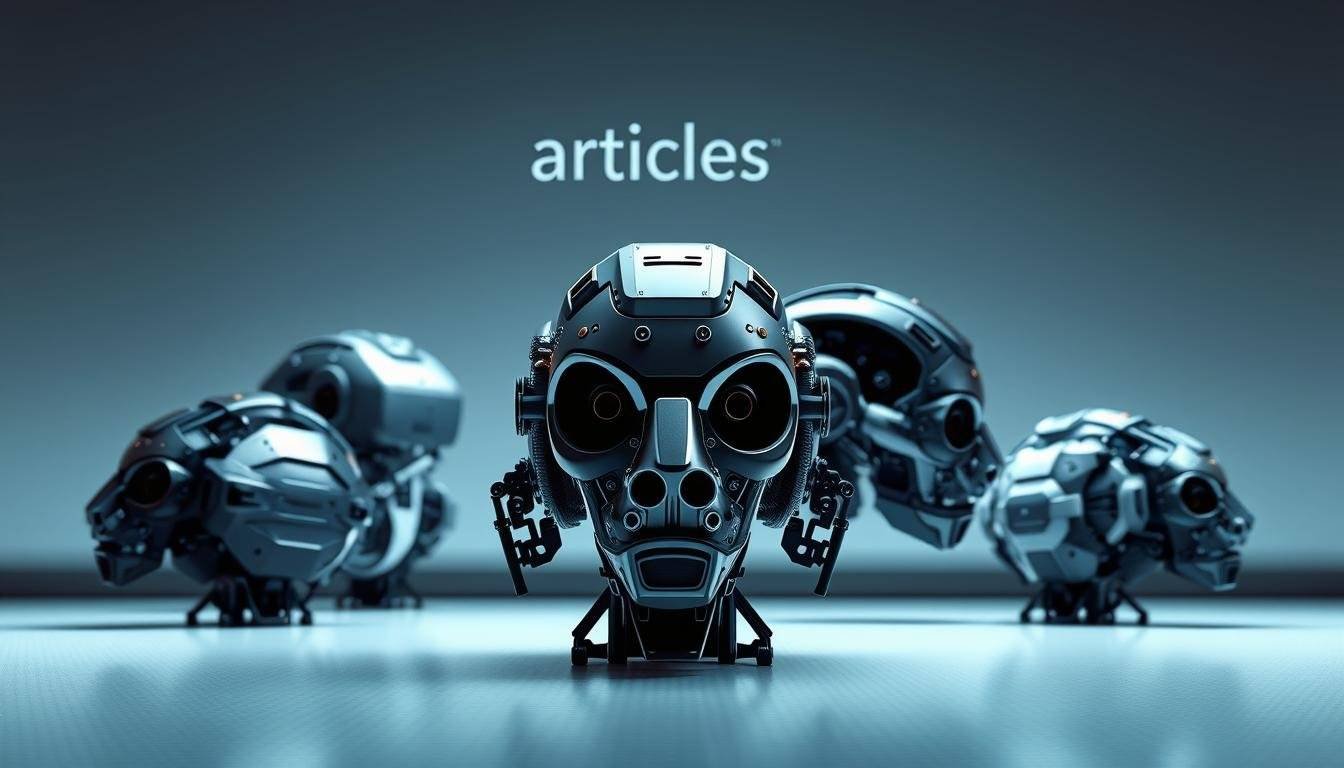The world of digital art is undergoing a significant transformation, thanks to the emergence of sophisticated image generation tools. We’re witnessing a surge in the creation of photorealistic images from simple text prompts, revolutionizing the way we produce visual content.
These advanced models have evolved from basic image manipulation tools to complex systems capable of producing high-quality images. The use of open-source AI image generators is becoming increasingly popular due to their customization options, community-driven development, and cost-effectiveness.
As we explore the most powerful and innovative image generation tools available today, we’ll examine their applications across various industries, from digital art to marketing and product visualization.
Key Takeaways
- The rise of open-source AI image generators is transforming digital art creation.
- Advanced models can produce photorealistic images from text prompts.
- Customization and community development are key advantages.
- These tools are being used across multiple industries.
- The technology is making visual content production more accessible.
The Revolution of AI in Image Creation
Image generation through AI has revolutionized the way we create and interact with visual content. The AI image generation process has come a long way, transforming the creative landscape.
We’ve seen a significant evolution in AI image generation, from early experimental models to sophisticated diffusion-based systems. The diffusion model has been particularly impactful, enabling the creation of high-quality images from text descriptions.
How AI Image Generation Has Evolved
The image generation process has advanced significantly, from basic style transfers to complex diffusion models that can understand and interpret detailed prompts with remarkable accuracy. This evolution has been driven by technological breakthroughs, including the development of models that gradually transform random noise into coherent images.
As noted by experts, “The future of AI-generated art is not just about creating realistic images, but about pushing the boundaries of creativity.”
This shift has opened new opportunities for artists and developers alike.
Why Open-Source Models Matter
Open-source models have democratized access to AI image generation technology, allowing developers and artists worldwide to contribute to and benefit from these powerful tools. This has fostered innovation, enabled customization, and created vibrant communities working together to improve the technology.
| Model Type | Key Features | Benefits |
|---|---|---|
| Diffusion Models | Gradual noise transformation, detailed prompt understanding | High-quality images, flexibility in generation |
| Open-Source Models | Community-driven, customizable | Fosters innovation, accessible to all |
By leveraging open-source AI image generation models, we can unlock new creative potential and drive further advancements in the field.
Understanding Open-Source AI Image Generators
The rise of open-source AI image generators has democratized access to advanced image creation tools. As we explore these models, it’s essential to understand what makes them “open-source” and how they function.
What Makes an AI Image Generator “Open-Source”
An AI image generator is considered “open-source” when its underlying code is made available for anyone to use, modify, and distribute. This typically involves licensing models that allow for free use and modification, such as the MIT License or Apache License 2.0. Open-source image models also often benefit from community involvement, where developers contribute to improving the model and sharing their modifications in different styles of design.
It’s crucial to distinguish between open-source models and those that are merely free to use but closed-source. The latter may offer limited transparency regarding their model architecture and training data, which can be a significant drawback for users seeking customization or understanding how the model works with images text.
Diffusion Models Explained
Diffusion models are a class of AI image generators that have gained significant attention for their ability to produce high-quality images. These models work by starting with a pattern of random noise and gradually refining it into a coherent image through a process that involves adding and removing noise in a series of steps guided by a text prompt.
A key concept in diffusion models is “latent space,” a compact representation of all possible images the model can generate. By operating in this latent space, diffusion models can work more efficiently than if they were processing images at the pixel level. As noted by experts, “latent space is like a compact, simplified map of all the possible images that the model can create.”

The use of latent space technology, as seen in models like Stable Diffusion, significantly optimizes the image generation process. This approach allows for more efficient image creation without sacrificing quality, making it a crucial component of modern AI image generators.
Stable Diffusion: The Pioneer of Open-Source AI Image Generation
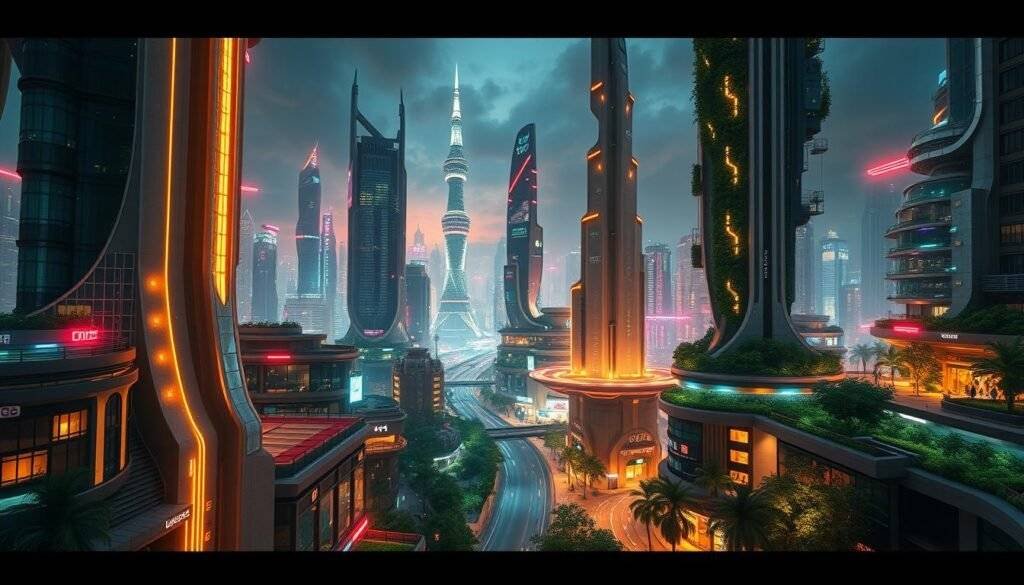
Stable Diffusion, developed by Stability AI, has quickly gained popularity for its high-quality image generation capabilities. Since its release in 2022, it has become a leading model in AI-generated images. This open-source AI image generator is capable of producing photorealistic images from both text and image prompts, making it a versatile tool for various applications.
Overview
Stable Diffusion is a groundbreaking open source model that has democratized access to powerful image generation capabilities. It allows users to generate high-qualityimages with remarkable ease, leveraging its advanced diffusion models. The model’s ability to be fine-tuned with as few as five images for specific styles or subjects enhances its utility across different use cases.
Pros
One of the key advantages of Stable Diffusion is its ability to generate photorealistic images. Additionally, it offers extensive customization options, allowing users to fine-tune the model for specific needs. The model’s features include the ability to generate images from text prompts, making it highly accessible.
Cons
Despite its many advantages, Stable Diffusion can sometimes inaccurately render complex details, particularly faces and hands. To mitigate this, users can try adding a negative prompt or using specific fine-tuned versions of the model.
Key Features and Variants
Stable Diffusion comes with a variety of popular base models, including Stable Diffusion 1.4, 1.5, 2.0, and 3.5, as well as variants like Stable Diffusion XL and Stable Diffusion XL Turbo. The SDXL base model, for instance, performs significantly better than previous variants according to evaluation graphs. This range of models allows users to select the one that best suits their specific requirements for various projects, providing high-quality visuals on the platform. Users can also benefit from support in managing their credits for generating stunning photo outputs.
FLUX.1: The Next Generation Diffusion Model
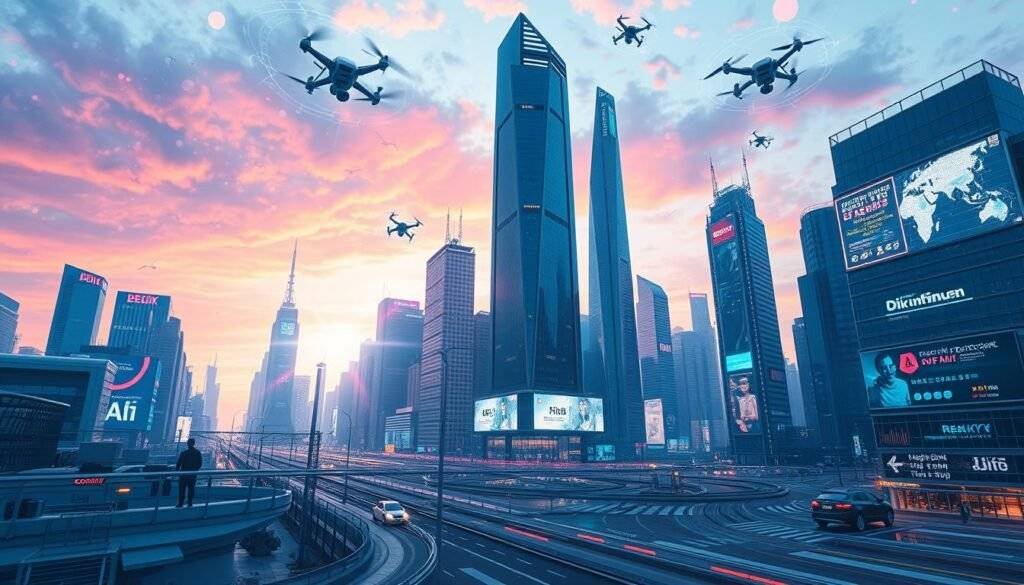
Black Forest Labs has unveiled FLUX.1, a cutting-edge diffusion model that sets new benchmarks in image quality and prompt adherence. Developed by the original creators of Stable Diffusion, FLUX.1 represents a significant leap forward in AI image generation technology.
FLUX.1 is designed to produce high-fidelity images with improved detail and style diversity. The model’s architecture incorporates advanced techniques such as flow matching and rotary positional embeddings, enhancing both image fidelity and hardware efficiency.
Overview
FLUX.1 is a suite of models that includes three variants: [pro], [dev], and [schnell]. Each variant is tailored for specific use cases, ranging from high-performance professional applications to efficient, non-commercial uses and rapid local development.
Pros
The FLUX.1 model offers several key advantages. It provides state-of-the-art performance in image detail, prompt adherence, style diversity, and scene complexity. Additionally, FLUX.1 demonstrates remarkable text rendering capabilities, making it a versatile tool for various applications.
Cons
Despite its many strengths, FLUX.1 has some limitations. The various licensing models associated with its variants may restrict certain use cases, particularly for commercial applications. Users must carefully review the licensing terms to ensure compliance.
Variants and Capabilities
The three variants of FLUX.1 cater to different needs. The [pro] variant is designed for high-end professional use, offering superior image quality and features. The [dev] variant is optimized for non-commercial applications, providing a balance between performance and efficiency. The [schnell] variant is geared towards rapid local development, enabling fast and efficient image generation.
HiDream-I1: Powerful Open-Source Foundation Model
HiDream-I1 is revolutionizing the field of AI image generation with its cutting-edge technology. This powerful open-source foundation model, developed by HiDream.ai, boasts 17 billion parameters, enabling it to deliver state-of-the-art visual quality across a wide range of styles, from photorealistic to artistic images.

Overview
HiDream-I1 has quickly become a strong player in the AI art ecosystem since its release in April 2025. It consistently outperforms competitors like SDXL, DALL·E3, and FLUX.1 on key benchmarks. The model is built on a Sparse Diffusion Transformer (Sparse DiT) architecture combined with Sparse Mixture-of-Experts (MoE), allowing for dynamic routing of input through specialized expert blocks.
Pros
The key strengths of HiDream-I1 include its exceptional prompt adherence, thanks to its Llama-3.1-8B-Instruct text encoder. It also offers superior performance with lower computational costs, especially during inference. This makes it an attractive option for those seeking high-quality images without excessive computational requirements.
Cons
While HiDream-I1 offers numerous advantages, it also has some limitations. Specific technical requirements and optimization needs may pose challenges for some users. However, the benefits of using this open-source image generation model often outweigh these drawbacks.
Unique Features and Applications
HiDream-I1 offers flexible variants, including Full, Dev, and Fast, each optimized for different use cases from highest quality to rapid prototyping. Additionally, its companion model, HiDream-E1, enables natural-language image editing without requiring masks or manual adjustments. These features make HiDream-I1 a versatile tool in the AI image generation landscape.
ControlNet: Enhanced Control for Image Generation
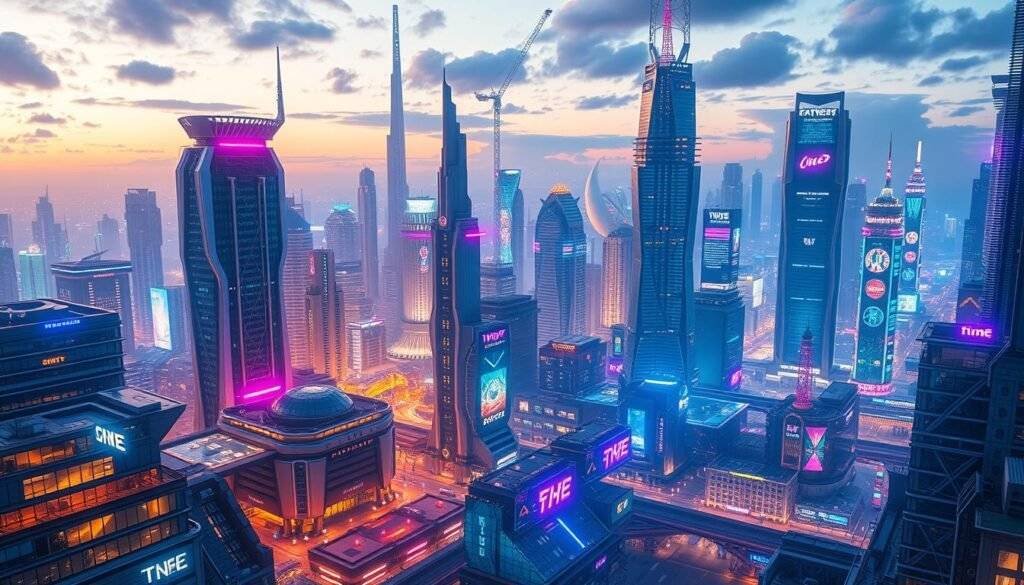
ControlNet is revolutionizing the field of AI image generation by offering unprecedented control over the output. This innovative enhancement for diffusion models allows users to have more precise control over the image generation process.
Overview
ControlNet operates by dividing neural network blocks into “locked” and “trainable” copies. The trainable copy learns specific conditions set by the user, while the locked copy preserves the integrity of the original model. This structure enables training with small datasets without compromising performance, making it ideal for personal or small-scale device use.
Pros
ControlNet offers several advantages, including precise control over image composition, pose, layout, and style. It requires minimal additional GPU memory, making it efficient for various applications. The ability to train with small datasets is particularly beneficial for users who need customized image generation without extensive resources.
Cons
Despite its advantages, ControlNet has some limitations. Its dependency on Stable Diffusion means it inherits the limitations of the base models it enhances. Users must consider these limitations when utilizing ControlNet for their image generation needs.
Use Cases and Applications
ControlNet can be used for generating images with specific human poses, cloning image compositions, or creating variations that maintain particular structural elements. It supports various conditioning inputs like edge detection, depth maps, or segmentation masks to achieve specific creative results.
Animagine XL: Specialized for Anime-Style Creation
Animagine XL stands out as a pioneering force in open-source AI image generation for anime styles. This specialized tool is built upon Stable Diffusion XL, offering unparalleled capabilities in creating high-quality anime and manga-style illustrations.
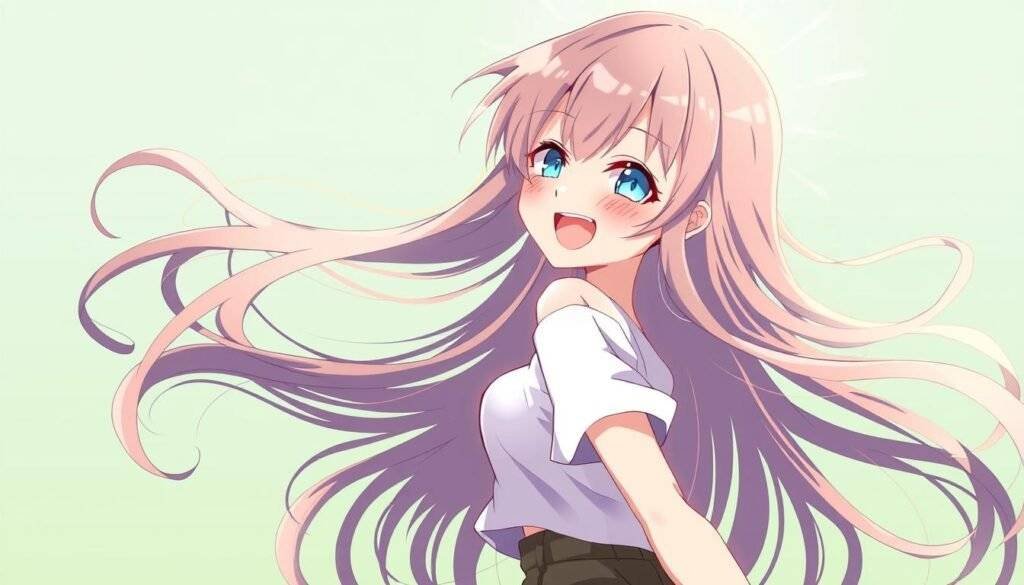
Overview
Animagine XL represents a series of open-source anime text-to-image generation models. Its latest release, Animagine XL3.1, adopts tag ordering for prompts, significantly impacting the output based on the sequence of prompts provided.
To achieve desired results, users must follow specific templates, as the model was trained accordingly. This approach allows for precise control over the generated images and styles.
Pros
Animagine XL excels in generating high-quality anime-style images, thanks to its expanded knowledge base that includes a vast number of anime characters and styles. This makes it an invaluable tool for artists seeking to explore various visual themes and concepts.
Cons
Despite its strengths, Animagine XL has limitations, including a niche focus on anime aesthetics and a learning curve associated with mastering tag ordering for optimal results. Users must invest time in understanding how to effectively utilize the model’s capabilities for generating images.
Best Practices for Anime Generation
To maximize Animagine XL’s potential, users should follow best practices such as precise prompt formatting and understanding tag ordering. This ensures that the generated content aligns with the intended style.
Stable Video Diffusion: From Images to Motion
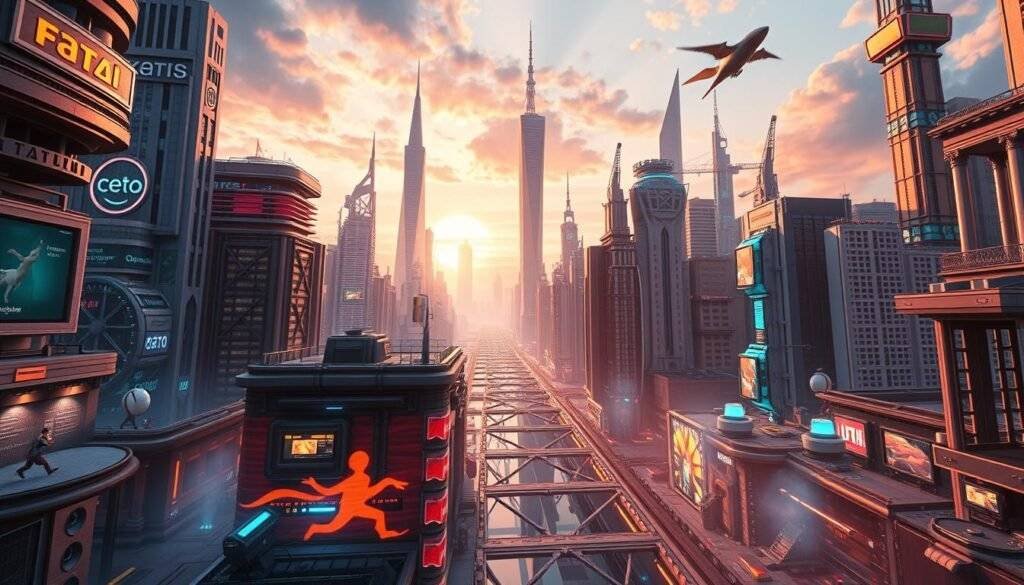
Stable Video Diffusion (SVD) represents a groundbreaking advancement in AI-generated video content, extending the capabilities of the popular Stable Diffusion framework. This innovative technology enables the generation of high-quality video sequences from static images, marking a significant step forward in the field of AI image and video generation.
Overview of Stable Video Diffusion
Stable Video Diffusion is a video generation model developed by Stability AI, designed to produce high-quality videos from still images. It is part of Stability AI’s suite of AI tools and represents their first foray into open video model development. SVD is capable of generating 14 and 25 frames at customizable frame rates between 3 and 30 frames per second.
The model’s performance has been favorably evaluated against competitors like GEN-2 and PikaLabs, with SVD gaining more human voters in terms of video quality.
Pros of Stable Video Diffusion
High-Quality Video Generation: SVD can produce high-quality video clips with customizable frame rates, enhancing its versatility for various applications.
Favorable Performance: The model has shown superior performance in human evaluations compared to other video generation models, underscoring its potential.
Cons of Stable Video Diffusion
Current Limitations: Despite its advancements, SVD is restricted to generating very short video sequences, with a maximum duration of about 4 seconds.
Motion Limitations: There are potential limitations in terms of motion, sometimes resulting in static scenes, and difficulties in accurately generating faces and people.
Current Limitations and Future Potential
While SVD is currently limited to research purposes and not intended for commercial applications, Stability AI is continually working to improve both its safety and quality. The future potential of SVD lies in its possible applications in fields like animation, visual effects, and content creation, once fully developed.
Tools and Platforms for Using Open-Source AI Image Generators
The growing community around open-source AI image generators has led to the development of a wide array oftoolsandplatformsthat cater to different user needs. As these technologies continue to evolve, the ecosystem surrounding them is becoming increasingly diverse. We will explore some of the keytoolsandplatformsthat are currently available, helpingusersnavigate this complex landscape.
ComfyUI: Advanced Node-Based Interface
ComfyUI is a powerful, node-based interface designed for creating images with diffusion models. It offers users advanced control over the image generation process by allowing them to customize workflows visually using interconnected nodes.
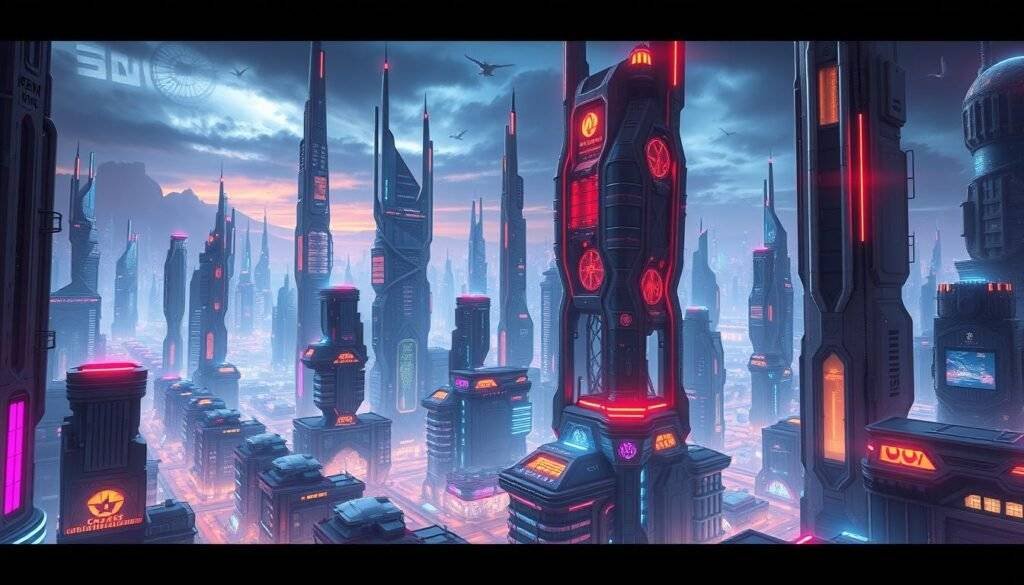
NightCafe and Other User-Friendly Platforms
For users who prefer a more streamlined experience, platforms like NightCafe, Tensor.Art, and Civitai provide accessible interfaces to open-source models like Stable Diffusion and FLUX.1. These platforms make it possible for users without extensive technical expertise to create high-quality images.
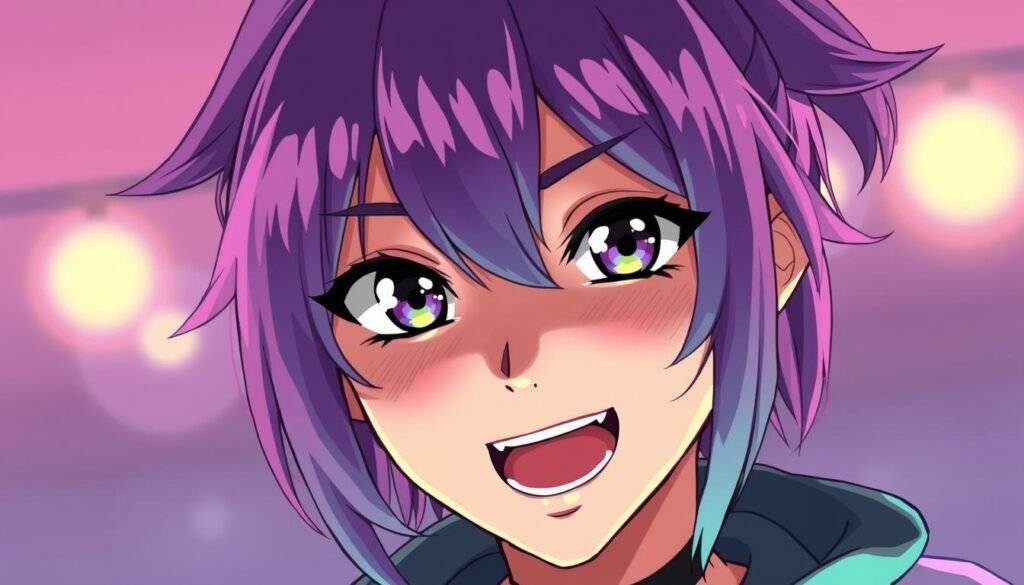
Running Models Locally vs. Cloud-Based Solutions
When it comes to using open-source AI image generators, users must decide between running models locally on their own hardware or utilizing cloud-based solutions. Each approach has its pros and cons, with local deployment offering more control over data privacy and cloud solutions providing scalability and reduced maintenance. The choice depends on the specific needs of the community or project, as well as the available resources and technical expertise.
Mastering Prompts for Open-Source AI Image Generators
To unlock the full potential of open-source AI image generators, mastering prompt engineering is essential. Effective prompts are the key to generating high-quality images that meet your creative vision.
Basic Prompt Engineering Techniques
Being detailed and specific is crucial when crafting prompts. Instead of saying “a cat,” for example, you could say “a fluffy calico cat lounging in the afternoon sun by a window with sheer curtains.” This level of detail helps the AI model generate an image that closely matches your intended scene.
Using layered prompts is another effective technique. Break down complex scenes into layers: first describe the setting, then the main subjects, followed by details like emotions or specific actions. This approach guides the model to understand your prompt more accurately.
Advanced Strategies for Better Results
Incorporating style references can significantly enhance the quality of generated images. For instance, mentioning specific artists or art pieces can steer the style of the image. However, it’s essential to be mindful of copyright considerations and use this approach for inspiration rather than replication.
Leveraging negative prompts is another advanced strategy. By specifying elements you want to avoid, you can refine the generated images to better match your expectations.
Using LoRA for Style Customization
LoRA, or Low-Rank Adaptation, is a technique that allows for fine-tuning AI models for specific styles, subjects, or artistic techniques with minimal computational resources. For example, you can use LoRA to customize Stable Diffusion models for particular styles.
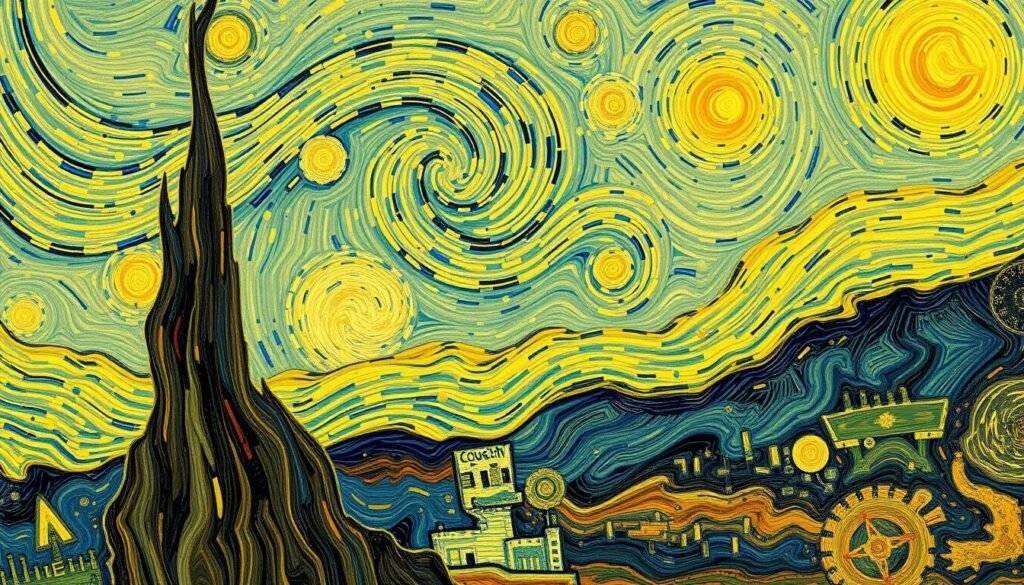
This capability opens up new possibilities for artists and creators looking to produce unique content with AI.
Deploying Open-Source AI Image Generators in Production
Deploying open-source AI image generators in production environments requires careful planning and consideration of various factors. As we discussed in previous sections, these models have shown remarkable capabilities in generating high-quality images. However, their deployment in real-world applications presents unique challenges.
Resource Requirements and Considerations
One of the primary considerations when deploying open-source AI image generators is the hardware and software resources required. These models typically demand significant GPU memory, processing power, and storage. For instance, models like Stable Diffusion require at least 8GB of GPU memory to run efficiently, though more complex models may need even more substantial resources.
When planning deployment, it’s essential to assess the specific resource needs of the chosen model. This includes considering the size of the model, the complexity of the images being generated, and the expected volume of requests. Efficient resource allocation is crucial for maintaining performance and minimizing costs.
| Model | GPU Memory Required | Processing Power | Storage Needs |
|---|---|---|---|
| Stable Diffusion | 8GB | High | 2GB |
| FLUX.1 | 12GB | Very High | 3GB |
| HiDream-I1 | 10GB | High | 2.5GB |
Scaling Challenges and Solutions
As the demand for generated images increases, scaling the deployment becomes a critical challenge. Managing concurrent requests, optimizing for latency versus throughput, and balancing quality with performance are key issues to address. Techniques such as model quantization and batching requests can help improve efficiency and reduce latency.
Another effective strategy is leveraging specialized hardware accelerators, such as GPUs or TPUs, designed to handle the intensive computations required by these models. By implementing these solutions, developers can significantly enhance the scalability and performance of their deployments.
API Integration Options
Integrating open-source AI image generators into applications often involves using APIs. There are several options available, including self-hosted APIs, cloud services that provide access to these models, and frameworks that simplify deployment. For example, using a cloud service can provide scalability and reliability without the need for extensive infrastructure management.
When choosing an API integration option, consider factors such as speed, security, and ease of implementation. Ensuring that the chosen API meets the specific needs of your application is crucial for a successful deployment.

Legal and Ethical Considerations for AI-Generated Images
With AI-generated images now a mainstream phenomenon, understanding the legal and ethical landscape is crucial for creators and users alike. The use of AI to generate images has opened up new avenues for creativity, but it also raises complex questions about copyright, ownership, and the responsible use of this technology.
Copyright Concerns and Ownership
One of the most significant legal challenges surrounding AI-generated images is determining copyright ownership. When an AI model generates an image based on a user’s prompt, who owns the copyright? Is it the user who created the prompt, the developers of the AI model, or does the image exist in a legal gray area? This ambiguity can lead to confusion and potential legal disputes, especially when these images are used commercially.
Key Considerations:
- The legality of using copyrighted images in AI training datasets
- Ongoing lawsuits against companies behind popular image generation models
- The need for clear guidelines on copyright ownership for AI-generated content
To navigate these challenges, it’s essential to stay informed about evolving legal precedents and discussions around AI and copyright law.
Responsible Use of AI Image Generation
Beyond legal considerations, the ethical use of AI image generation is equally important. As we integrate AI-generated images into various forms of content, we must consider the impact on human artists and the potential for misuse.
| Ethical Consideration | Description | Best Practice |
|---|---|---|
| Transparency | Clearly disclose when content is AI-generated | Label AI-generated images appropriately |
| Respect for Human Artists | Acknowledge the work of human artists | Use AI as a tool, not a replacement |
| Avoiding Misuse | Prevent the use of AI-generated images for harmful purposes | Implement safeguards against generating harmful or misleading content |
By adopting these practices, we can ensure that AI-generated images are used responsibly and ethically, supporting both the advancement of technology and the rights of human creators.
Conclusion: The Future of Open-Source AI Image Generators
Open-source AI image generators have democratized access to powerful image creation capabilities, transforming industries and creative workflows. The rapid pace of development in this field has been remarkable, evolving from early experimental models to sophisticated systems capable of generating photorealistic images and even short videos.
As we look to the future of image generation technology, several emerging trends are worth noting. Potential advancements include improved video generation, 3D model creation, and real-time rendering. These tools are expected to address current limitations, such as better rendering of complex details and more intuitive interfaces.
The long-term impact of these technologies on creative industries, education, and everyday visual communication is likely to be significant. While there are challenges to be addressed, the potential for new possibilities is vast. To stay current with this rapidly evolving technology, we recommend exploring open-source communities, participating in forums, and experimenting with different models and platforms.
As we move forward, it’s essential to balance the optimism about new possibilities with awareness of the challenges. By doing so, we can harness the full potential of open-source AI image generation to enhance our creative capabilities and shape the future of visual communication.
